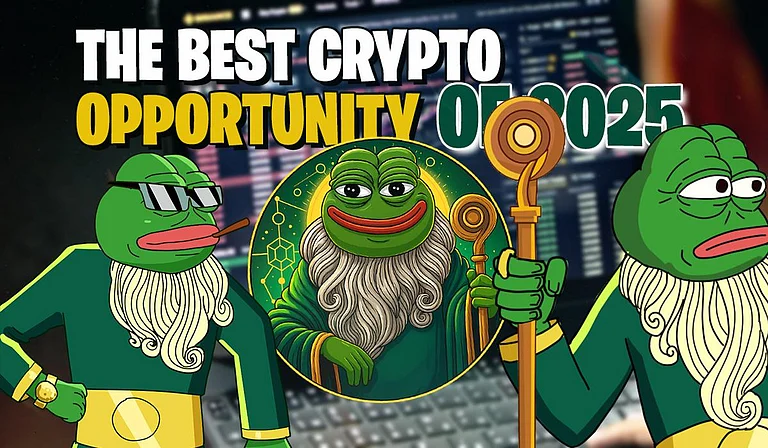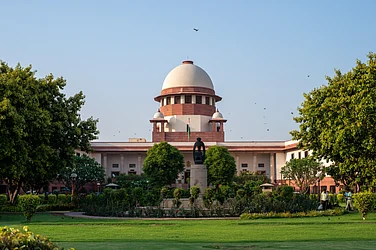The more things change, the more they remain the same. This seemingly paradoxical statement, attributed to the French critic, Jean-Baptiste Alfonse Karr, captures a fundamental concept, which is that human beings across the ages are essentially unchanged. Therefore, it should not surprise us that the turf war being fought between the Executive and the Judiciary today is neither new nor novel. Skirmishes with the Executive, which often turn into battles, have been a constant feature of the Indian judicial landscape since the inception of the Constitution. Nowhere has this been more apparent than in the competing claims about who has supremacy over the right to interpret and amend the Constitution.
The friction between the parliament and the courts began soon after the birth of our nation. At the time of Independence, the country was mired in poverty and inequality. There was political consensus that the vast estates owned by the zamindars had to be taken over and redistributed to the landless peasants who were actually tilling the land. Many state legislatures enacted laws to abolish zamindaris and acquire the land. Almost immediately, these plans hit a roadblock when, in 1951, the Bihar High Court struck down this attempt by holding the law to be unconstitutional as per the newly adopted Constitution. This judicial setback was compounded by similar defeats the government faced in other courts. Sedition laws were struck down by the Punjab High Court and caste-based reservations were held unconstitutional by the Madras High Court.
There was a furore among politicians, including the leading lights of the Constituent Assembly. Jawaharlal Nehru is stated to have said, “Somehow, we have found that this magnificent Constitution that we had framed was later kidnapped and purloined by lawyers.” Clearly, while drafting the chapter on fundamental rights, the members did not expect the courts to actually apply those rights and examine laws.
The leading lights of the Constituent Assembly such as Dr BR Ambedkar and C Rajagopalachari, condemned the verdicts and rallied for the Constitution to be amended to get over the judgments. The atmosphere was so vitiated that even before the first elections to the parliament were held, the Constituent Assembly indulged in a wholesale amendment to the Constitution. Laws against sedition, which rile so many today, were actually resurrected by the first amendment to the Constitution. In fact, the amendment introduced a schedule in the Constitution under which laws would be relatively immune from judicial scrutiny. What was paradoxical was that these amendments were made by the Constituent Assembly, a body that had not been elected by universal adult franchise on the grounds that the Supreme Court was acting contrary to the wishes of the people.
The First Amendment, passed in 1951, was challenged before the Supreme Court. The court upheld the amendment and ruled that the parliament had absolute and unbridled power to alter the Constitution. Round One had been won by the parliament which had secured for itself primacy in matters relating to the amendment of the Constitution. However, this was not to last long.
The Supreme Court revisited this judgment and, in 1967, a nine-judge bench of the court held that the parliament could not amend the Constitution to take away any fundamental rights. The judgment was written by one of India’s feistiest Chief Justices, K Subba Rao. It was also around this time that the Congress party was starting to lose its absolute grip over political power in the country. Sensing an opportunity, the united opposition convinced Subba Rao to resign from his post as Chief Justice and to contest the post of the President of India. Shortly after authoring the judgment, Subba Rao resigned but narrowly lost the presidential election to Zakir Hussain, the official nominee of the Congress party. This also set a trend of judges moving to politics post-retirement, a phenomenon that generated as much controversy in 1967 as it does today.
After this judgment, the stage was set for a showdown between the Supreme Court and the parliament. Buoyed by electoral success after the Bangladesh War of 1971, an increasingly confident Indira Gandhi, and her acolytes, started making barbs against the judiciary. There were calls to appoint judges who were committed to the social agenda of the government. It was also anticipated that cases challenging the view of the Supreme Court that fundamental rights could not be abridged would reach the same court for adjudication. Thus began an attempt to appoint judges sympathetic to the views of the government, a task made easier since the power of appointment, at the time, lay with the government and not the collegium.
Round Two of the battle was not far away. In 1970, Kesavananda Bharati, head of the Edneer Mutt in Kerala, filed a case challenging the takeover of the Mutt’s properties under the Land Reforms Act. This constitutional challenge was referred to a bench of 13 judges. In 1973, by a 7:6 majority, the Supreme Court delivered its verdict holding that the Constitution had a basic framework which was so integral that it could not be amended by the parliament. More importantly, it reserved to itself the power to determine what that non-amendable basic structure was. This might have been a middle path to balance the claims of the Constitution, the courts and the parliament. The government, however, did not see it that way. In an act of seeming vengeance, the three senior judges of the Court who had held that the parliament did not have absolute power to amend the Constitution were superseded, and AN Ray was appointed as the Chief Justice of India.
Kesavananda Bharati was followed by other judgments unfavourable to the government. The last nail in the coffin was the setting aside of the election of Indira Gandhi by the Allahabad High Court. Shortly after that, and largely as a reaction to the judgment, a state of Emergency was declared in the country in 1975 and the fundamental rights of citizens were effaced. By this time, the Supreme Court had been significantly weakened because of supersessions and the appointment of ‘committed’ judges. So, it was not altogether surprising that an obliging Supreme Court upheld the near absolute powers of the government. The lone dissenter in the case was the courageous Justice HR Khanna who was in turn superseded and not made Chief Justice when as per seniority and convention, he should have been given the position.
Since we started with a French philosopher, it is appropriate that we end with another. Our Constitution is partly based on the doctrine of ‘separation of powers’ as propounded by the political philosopher Tocqueville. The judicial, executive and legislative powers of the State are vested in three separate organs, each of which is meant to act as a check and balance on the other, so that no one institution becomes too powerful. Unsurprisingly, this gives rise to occasional friction between the Judiciary and the Executive. By itself, this is not an unwelcome feature of statecraft but a virtual inevitability. What is not desirable is when discourse breaches norms of respect and civility, and when one institution seeks to wield complete power. We must, in these times, remember the lessons of the past to know that an almighty clash between the different branches of the State does not augur well for the country. After all, those who ignore history are condemned to repeat it.
(This appeared in the print edition as "Courting Change")
(Views expressed are personal)
Saurabh Kirpal is a senior advocate and author of sex and the supreme court and fifteen judgements






















